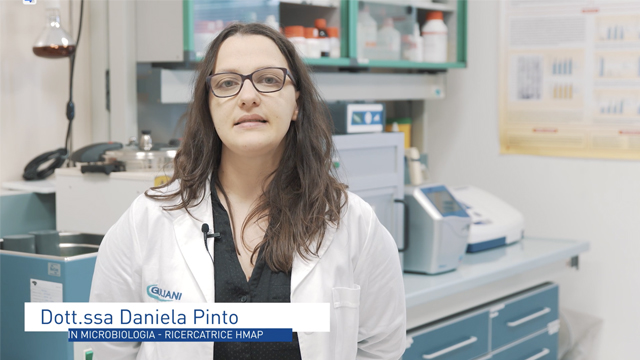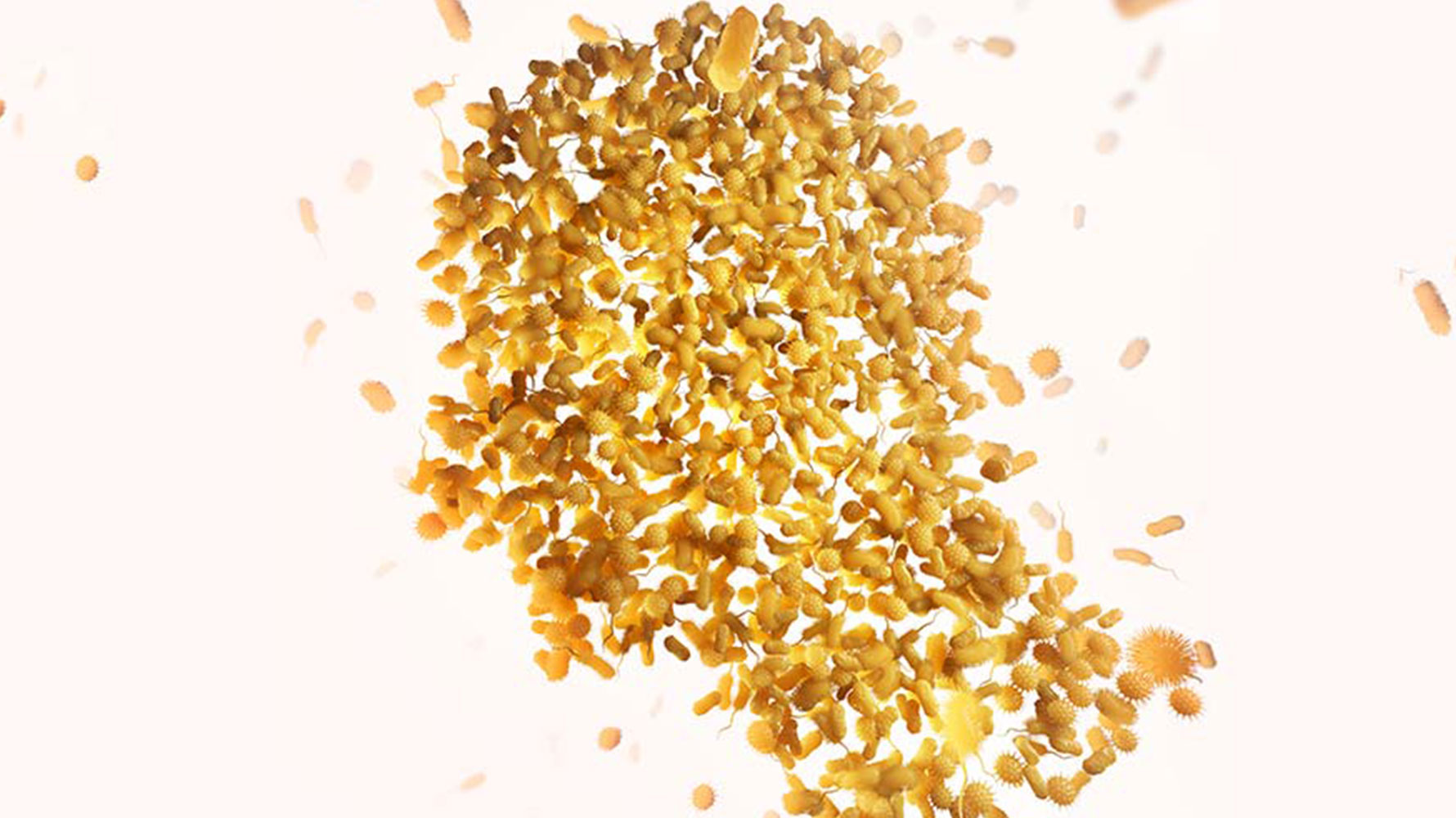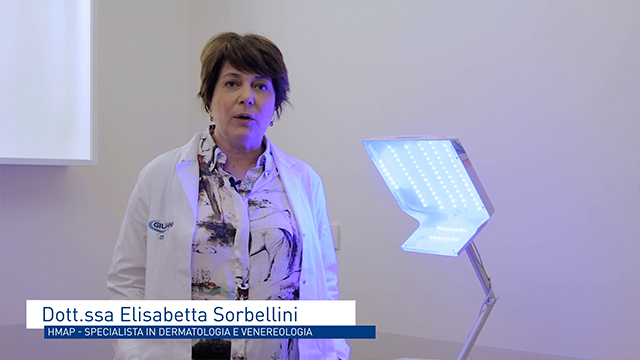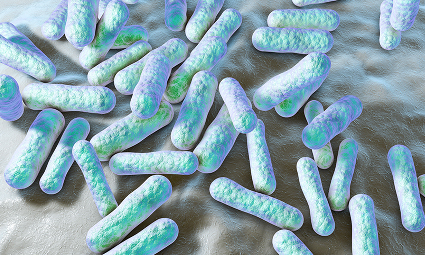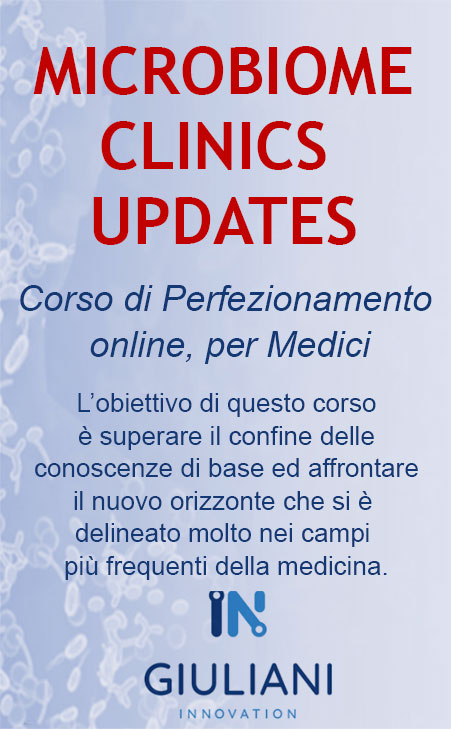Where come from our microbiota? Feeding and weaning

After childbirth, the diet plays a fundamental role in establishment and maintenance of a healthy microbiota in newborns, a role that will last throughout the life, however there isn’t no other period of life like this too relevant for defining bacteria colonization and composition8. The first and most important thing that a mother provides to her child with breastfeeding are microbes9; breastfeeding transmits the maternal microbiota and there are significant differences in microbiota composition between breastfed and formula fed infants11. The breast milk is enriched of pre-biotic substances such as galatto-oligosaccharides, the feed source of Bifidobacterium. Moreover, the IgA contained in breast milk seems to actively attend to gut microbiota modulation in newborns. This allow the infant to be more resistant to colitis12. A month after birth, breastfeed infant show a stable microbiota characterized prevalently by Bifidobacterium; here we can find a low quantity about other microorganism such as Enterococci, Enterobacteria, Bacteroides and Clostridia. Instead, microbiota fomula-fed infant are populated by Bacteroides, Staffilococci, E. coli, Clostridia and Bifidobacteria, that represent only 1/10 of those we can see in 1 or 3 month breastfeed infant microbiota.
During the weaning, the introduction of solid foods causes microbiota composition alterations leading to an increase of Bacteroides, Clostridium, and anaerobic species like Streptococcus and the Bifidobacterium redaction. This change leads to the expression of bacterial genes involved both in the degradation of xenobiotic compounds and in the biosynthesis of vitamins and the production of other metabolites such as butyric and acetic acid. As we have said in a previous article, this phase involves to a period of vulnerability that can have consequences in adult life. The main diseases that have been linked to the lack or defective colonization are: diarrhea13, gastroenteritis, susceptibility to infections, overweight, obesity and diabetes14,15,16 asthma17,18, allergies and atopic dermatitis, inflammatory bowel diseases and celiac disease.
References
- 8 Walker WA. Initial intestinal colonization in the human infant and immune homeostasis. Ann Nutr Metab. 2013
- 9 Martin R, Langa S, Reviriego C, et al. Human milk is a source of lactic acid bacteria for the infant gut. J Pediatr 2003
- 10 Rodríguez JM. The origin of human milk bacteria: is there a bacterial entero-mammary pathway during late pregnancy and lactation? Adv Nutr. 2014
- 11 Harmsen HJ, et al. Analysis of intestinal flora development in breast-fed and formula-fed infants by using molecular identification and detection methods. J Pediatr Gastroenterol Nutr. 2000
- 12 Rogier et al., 2014
- 13 Fei P, et al. Differences in the Biodiversity of the Fecal Microbiota of Infants With Rotaviral Diarrhea and Healthy Infants. Jundishapur J Microbiol. 2016
- 14 Kalliomaki M, et Al. Early differences in fecal microbiota composition in children may predict overweight. Am J Clin Nutr (2008)
